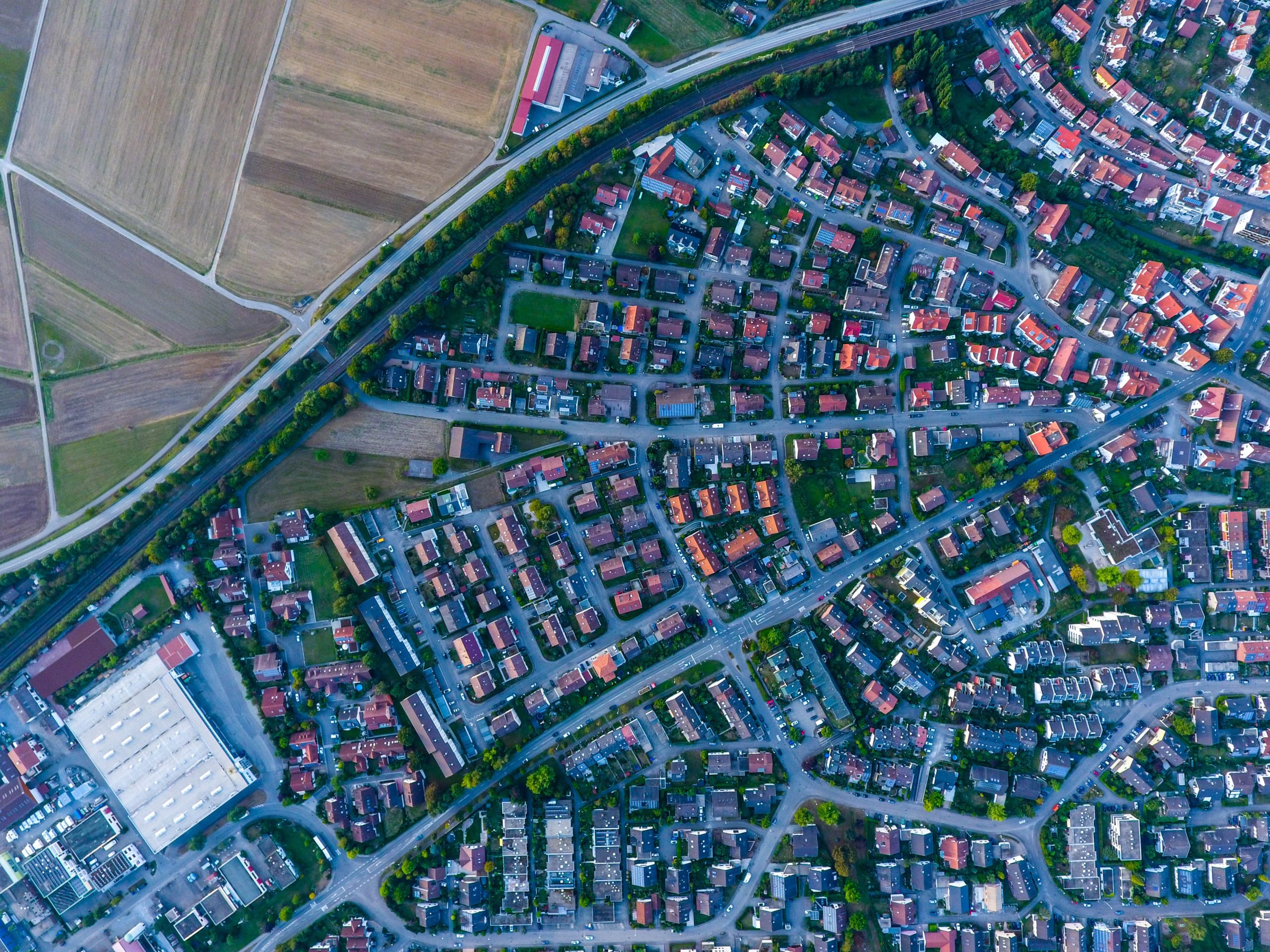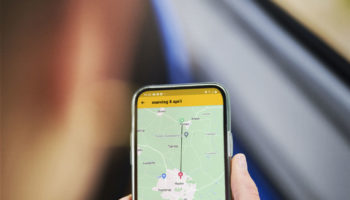Urban development, geo-tracking and mobile applications primacy, ridesharing, big data, 5G, connected and smart cities… these are all the terms related to the urban services in the future. Tomorrow’s cities will be more connected, smarter and more responsive. A societal transformation that is very interesting to follow, because while the most educated, connected, buying-powered population who master the digital ecosystems will be the one who will benefit the most, we must also ensure that we do not forget all other citizens, including people with reduced mobility, senior citizens and residents without transport service coverage. To be relevant, “smart” mobility must therefore be inclusive. Between smart mobility and fair mobility, the nuance is important and can contribute to make our society more just and fair. Let’s explain why.
Smart Mobility: intelligent and efficient, but far from perfect
Smart mobility means the use of new technologies (real-time data collection, processing and analysis) for transportation. It is, for example, a way of finding the right route at the right time, anticipating traffic difficulties, and connecting physical things (bridges, roads, traffic lights, street lighting, parking, etc.) to a digital interface in order to create new applications and use cases.
It’s quite hard to dissociate smart mobility from smart city. Although its contours are changing, the smart city is above all an ambition driven by public and private players who are committed to a more inclusive, connected and responsive urban planning project that can have a competitive advantage in terms of economic development in an increasingly globalized world.
In his report to the Prime Minister in spring 2017, Luc Belot, then deputy in Maine-et-Loire, set out 3 main principles of the smart city:
- Organise real governance: a structure that brings together elected representatives, the administration, postsecondary education and economic players for cross-cutting policies.
- Ensure sovereignty and avoid privatization: crucial issues for territories to keep control of data, tools, applications and software, with an emphasis on standardization and reversibility.
- Ensure an inclusive city: giving a place to each citizen, without social or digital divides, and moving from a user-centric to a citizen-centric approach.
In reality, however, smart cities are mainly linked to megacities with a young, active, urban and connected population. Unintentionally, this term excludes certain parts of the population for economic, social, urban planning and physical reasons. So smart mobility is supposed to be inclusive on paper, but in reality this is not always true. Hence the importance of being vigilant to avoid gaps between intentions and concrete actions.
There are, fortunately, some counterexamples, such as the city of Medellín in Colombia, described as the most innovative city in the world by the Wall Street Journal in 2012, which proves that you can be a smart city without being a tech city.
Why make mobility more inclusive?
Why move from a premium and exclusive model to an accessible and inclusive one? There is clearly an emergency as shown by the alarming datas from the Ministry of Transport:
- 12% of sensitive urban areas are not served by any transport network.
- One in two people in professional integration has already refused a job or training because of mobility problems.
- One French person in three has mobility problems and is threatened with social exclusion.
Intelligent and purely technological mobility only makes sense if it can include the entire population in a logic that is more human than economic. This is the reason why smart mobility has become fair mobility. To achieve this, technological intelligence must be a tool and not an end. What matter is the goal. If we simplify the lives of only 10% of the inhabitants of a city with a smart city, we de facto exclude the remaining 90%.
Demand-responsive transport (DRT): a solution to move from Smart Mobility to Fair Mobility
Demand-reponsive transport (or DRT) has the ability to transform intelligent transportation into sustainable, social and human mobility. Outside dense and urban areas, it can be difficult to travel by public transport. Not enough users, complex traffic, few commercial or tourist locations… the current model is not designed to be fair. And if things are already complicated during the day, imagine the challenges of travelling at night, especially for workers with staggered hours.
Demand-responsive transport is a public transport system like any other, with a shuttles or buses, but with routes and stops set according to users’ reservations. Here, no vehicle runs empty and routes are optimized.
Public transport does much more than transporting passengers. They are the links that connect and bring territories together. They make life easier for people, create economic value and develop responsibly thanks to the digital revolution that is transforming our society. When technology is at the service of all, mobility can become smart and fair.




